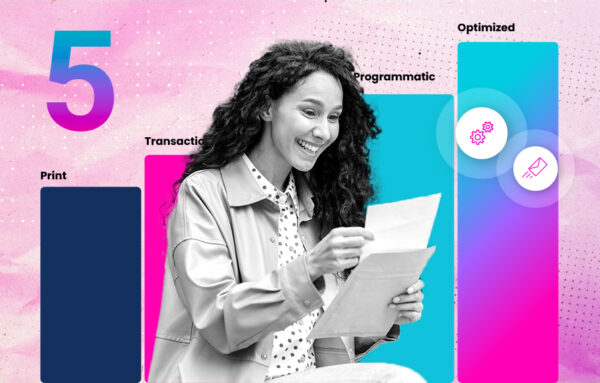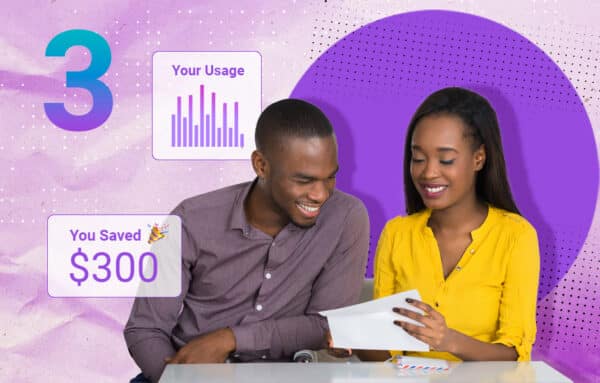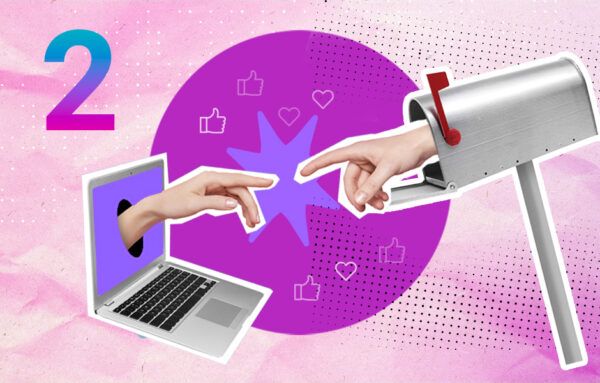
With the vibrant summer season in full swing, we unveil our “Printing for Less 2024 Summer Lookbook.” For this season, it’s not just about showcasing products; it’s about effortlessly blending style with practicality and embracing that balance.
Our curated “Summer Lookbook” showcases items crafted to effortlessly escort you from desk to downtime, helping you to savor each moment. Whether it’s adaptable outdoor gear or versatile accessories, this collection epitomizes equilibrium, encouraging you to bask in the great outdoors.
ADVENTURE AWAITS
Embrace the allure of the wild and invigorate your outdoor experience with versatile adventure gear designed for sustainable exploration! From rugged gear crafted with recycled materials to selections from socially responsible brands supporting communities and livelihoods, gear up for your outdoor journey with confidence. Every step leaves a positive environmental impact!

Meet the Osprey Daylite®: Your go-to companion for daily adventures! Lightweight yet sturdy, it effortlessly shifts from everyday errands to hiking trails and travels. Equipped with an interior sleeve that accommodates a 2L reservoir, 15” laptop, or tablet, it ensures you’re always prepared for the next journey. Osprey holds a special place among our favorites at Printing for Less for its unwavering commitment to innovation and sustainability, continually setting the standard for responsible practices and high-quality products.
TOTE-ALLY SUSTAINABLE
Today’s modern professionals seek adaptability in all aspects of their lives. Our products effortlessly transition from the office to everyday errands, meeting the diverse needs of today’s active individuals. Tailored for summer adventures, our selections prioritize functionality, ensuring that your customers and prospects are ready for any sunny excursion, all with your brand in tow.

Embrace sustainability and prepare to roam with the Repeat Recycled Tote, meticulously crafted from recycled fabric and webbing sourced from plastic bottles. Designed for individuals on the move, this tote features a front-zippered pocket and a convenient top-grab handle, making it ideal for on-the-go branding. Every Repeat Recycled bag embodies a commitment to sustainability, utilizing recycled materials to minimize environmental impact and promote eco-friendly bag production.
TIME TO COOL DOWN
In the heat of summer, staying cool is essential. Our selection of summer drinkware is curated to be your go-to for all your hot-weather activities. Functionality is paramount in our selection, complemented by a touch of quiet luxury for a blend of functional style. Our products effortlessly combine simplicity with sophistication, elevating everyday experiences with refined elegance.

Dreaming of the beach or basking in the sun? The Carter Cold Tumbler is your perfect companion. This elevated, spill-resistant drinkware keeps your beverages cold for over 18 hours and features a ceramic-coated interior to preserve each sip’s genuine flavor. It effortlessly fits any cup holder and is available in nine vibrant colors. Elevate your brand with laser customization options.
GEAR UP FOR GROWTH
Summer beckons us to venture outdoors, to embrace the earth beneath our flip-flops, and reconnect with nature. It’s a season for digging deep, both in the soil and within our souls, as we immerse ourselves in the vibrant rhythms of the natural world. Take a step towards growth by sending a garden-themed kit to your customers, encouraging them to embark on their own journey of discovery and renewal.

Crafted with innovation in mind, this tote cleverly doubles as a leakproof watering can, featuring side grab handles for precise pouring, a flat base for convenient hands-free filling, and a pivoting top-grab handle for easy transport. Perfect for both gardening tasks and market trips, this multi-functional tote ensures you’re always prepared for outdoor adventures. And with the option to customize it with your branding, your logo will remain top-of-mind, even amidst the bounty of the garden.
LIGHT UP THE NIGHT
Warm evenings set the stage for unforgettable outdoor gatherings, and what better way to elevate the experience than with the perfect combination of lighting and music? As the sun sets and the stars begin to twinkle, carefully placed lights cast a soft glow, creating an ambiance that invites relaxation and fosters memorable moments. Whether it’s the gentle flicker of candles, the warm hue of string lights, or the subtle glow of lanterns, each element contributes to crafting an enchanting atmosphere that enhances every aspect of the evening.

Elevate your customers’ outdoor gatherings with the iLive Tiki & Bluetooth Speakers with LED Flame. Immerse them in captivating sound and LED flame effects, creating the perfect ambiance. Enjoy wire-free stereo sound pairing and up to 24 hours of battery life for uninterrupted enjoyment. These speakers are designed for indoor and outdoor use, with water resistance and versatile mounting options. Customize them with a full-color imprint and let your brand shine on brightly.
Discover Versatile Products for Work and Play!
From adaptable accessories to ingenious solutions, each product here and in the Lookbook reflects our dedication to balanced and responsible living. Explore the myriad of possibilities and redefine your summer journey by embracing the values of sustainability and style in perfect harmony. Find your ideal balance today!







